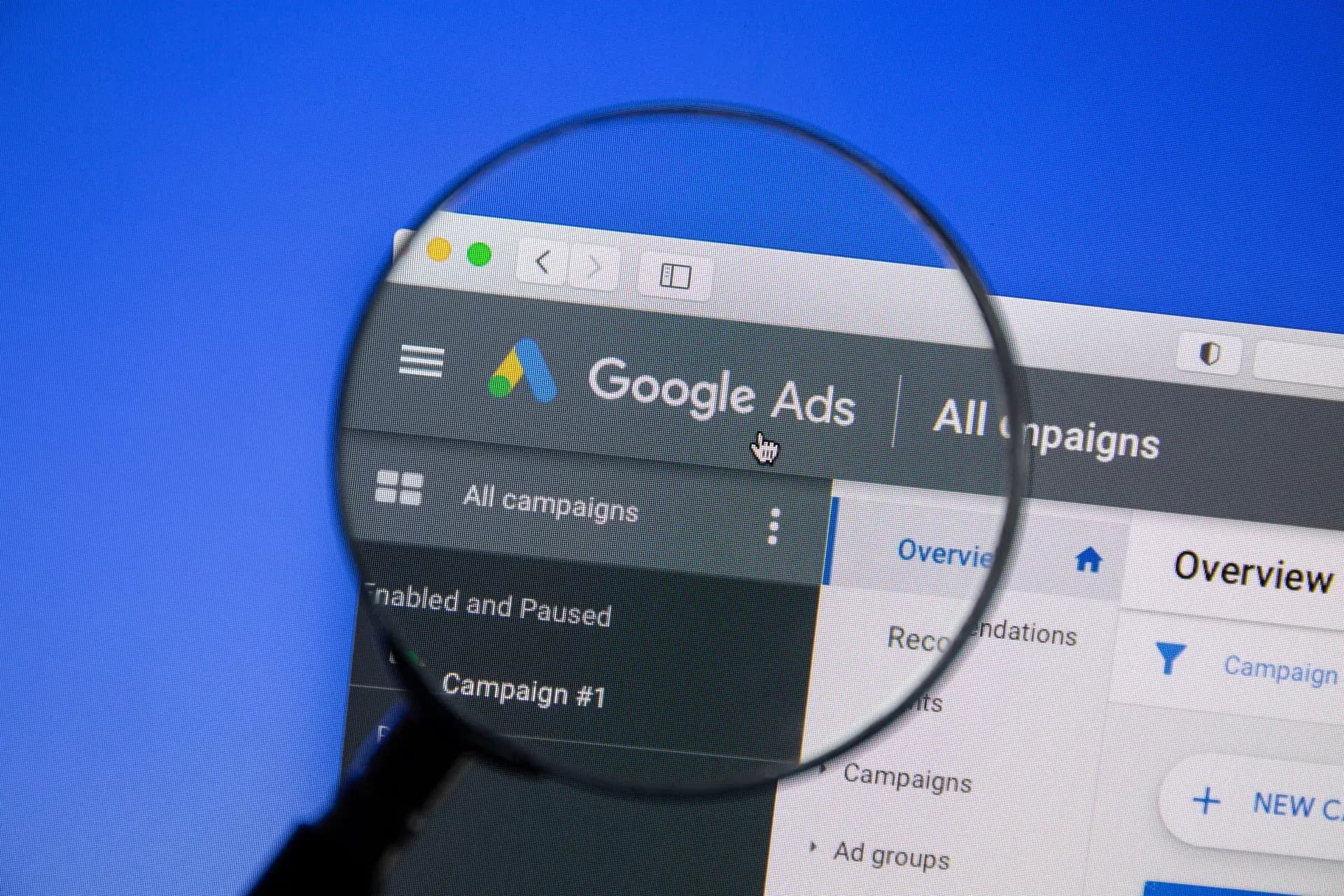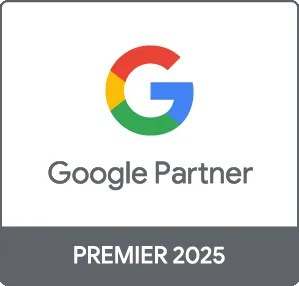Retargeting in Google Ads is a powerful advertising strategy that helps re-engage users who have previously interacted with your website or app. By keeping your brand in front of these potential customers, you can significantly improve conversion rates and maximize ROI. In this comprehensive guide, we’ll walk you through the essentials of retargeting in Google Ads, how it works, and best practices for success.
Understanding Retargeting
Retargeting allows you to display targeted ads to users who have visited your site but did not complete a desired action, such as making a purchase or signing up for a newsletter. This technique keeps your business at the forefront of consumers’ minds, encouraging them to return and take the next step.
How Retargeting Works
The mechanics of retargeting in Google Ads can be broken down into several key components:
- Audience Creation: Google Ads enables you to create remarketing lists based on user behavior. You can segment these lists based on pages visited, time spent on site, and engagement levels.
- Ad Creation: Tailor your ads to appeal specifically to users who have shown interest in your products or services. Include compelling visuals and calls to action that resonate with their prior interactions.
- Targeting Options: Utilize targeting options like display ads, search ads, and social media to reach your audience across different platforms, ensuring maximum exposure.
Benefits of Retargeting in Google Ads
Implementing a retargeting strategy can offer various advantages:
- Increased Brand Recall: Being reminded of your brand encourages repeat visits and can significantly increase your conversion rates.
- Higher Conversion Rates: Retargeted visitors are known to convert at a higher rate, as they are already familiar with your offerings.
- Cost-Effective Marketing: Retargeting allows you to reach potential customers who are already interested in your services, making it a budget-friendly approach.
Best Practices for Effective Retargeting
To maximize your retargeting efforts, consider these best practices:
- Frequency Capping: Limit how often ads are shown to avoid overwhelming users and potentially creating ad fatigue.
- Dynamic Ads: Use dynamic ad formats to automatically display products that users viewed, making ads more relevant and personalized.
- Compelling Offers: Provide incentives such as discounts or free trials to encourage return visits.
Conclusion
Retargeting in Google Ads is an invaluable tool for businesses looking to boost their conversion rates and enhance brand recognition. By effectively engaging potential customers who have previously shown interest, you improve the chances of them returning to complete a desired action. If you need assistance in implementing a retargeting strategy, Prebo Digital is here to help. Contact us today for tailored digital marketing solutions!





